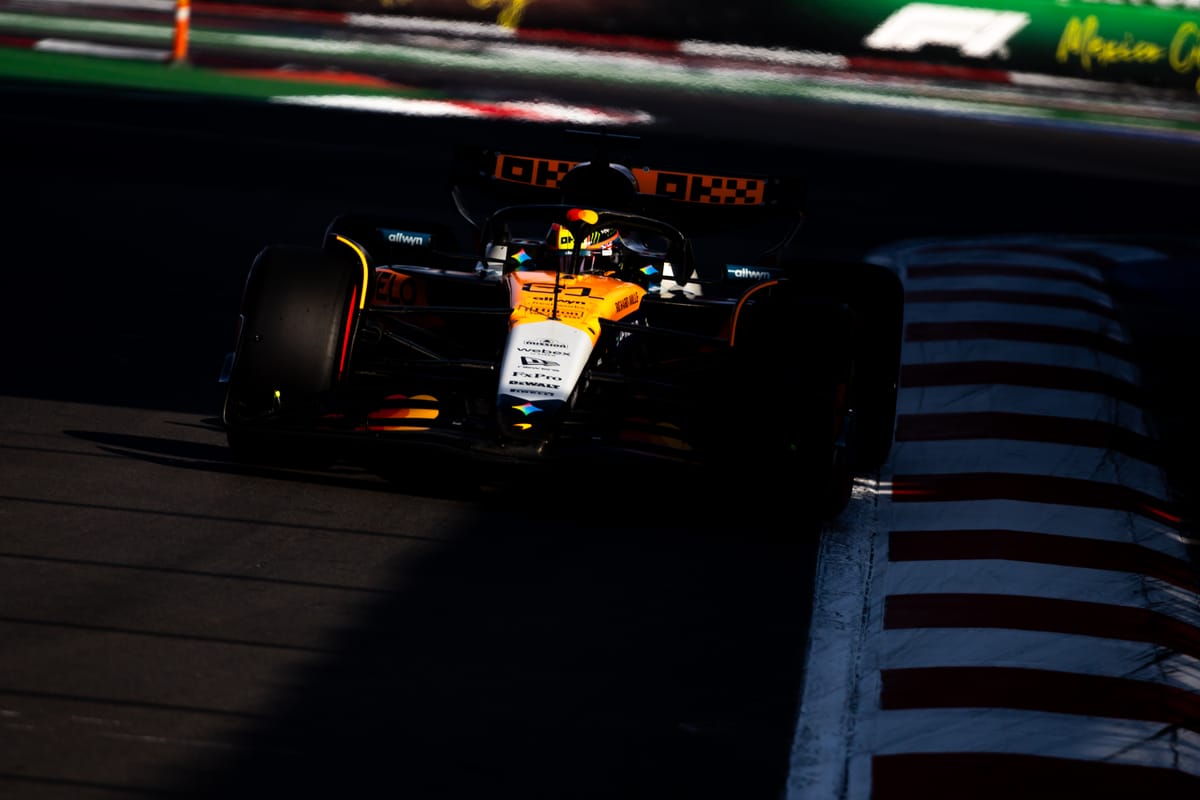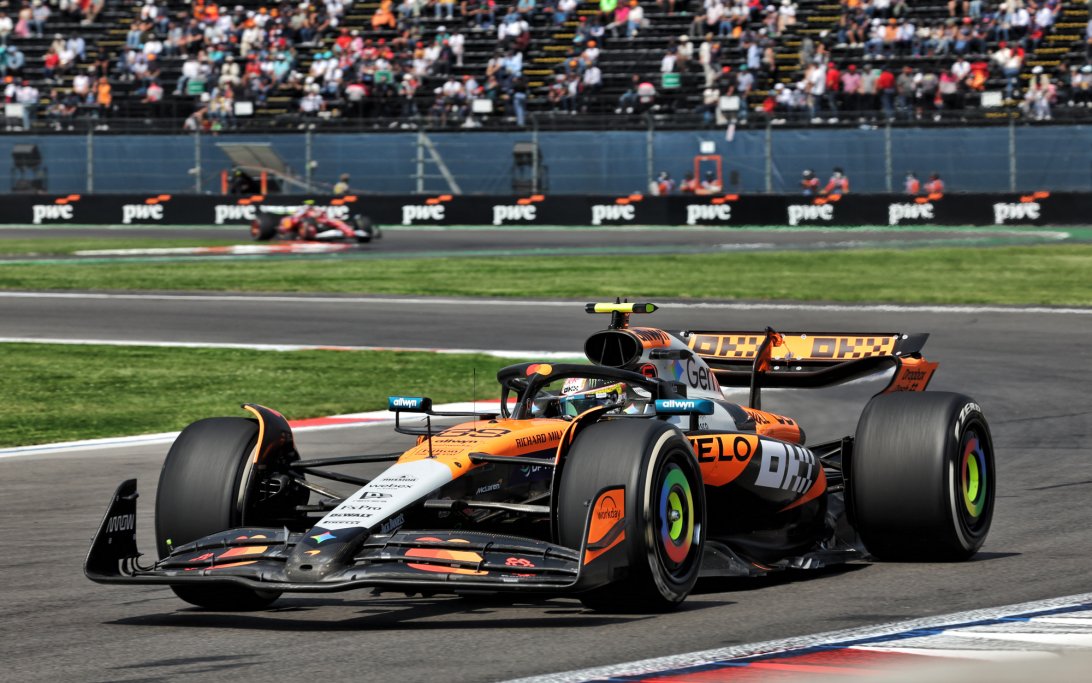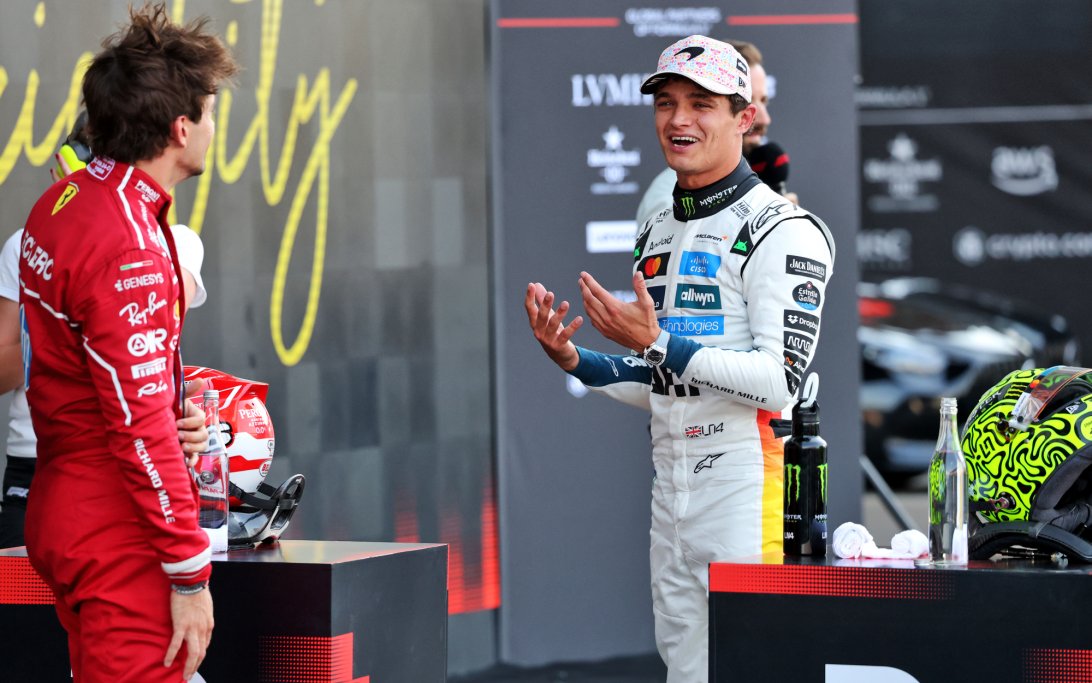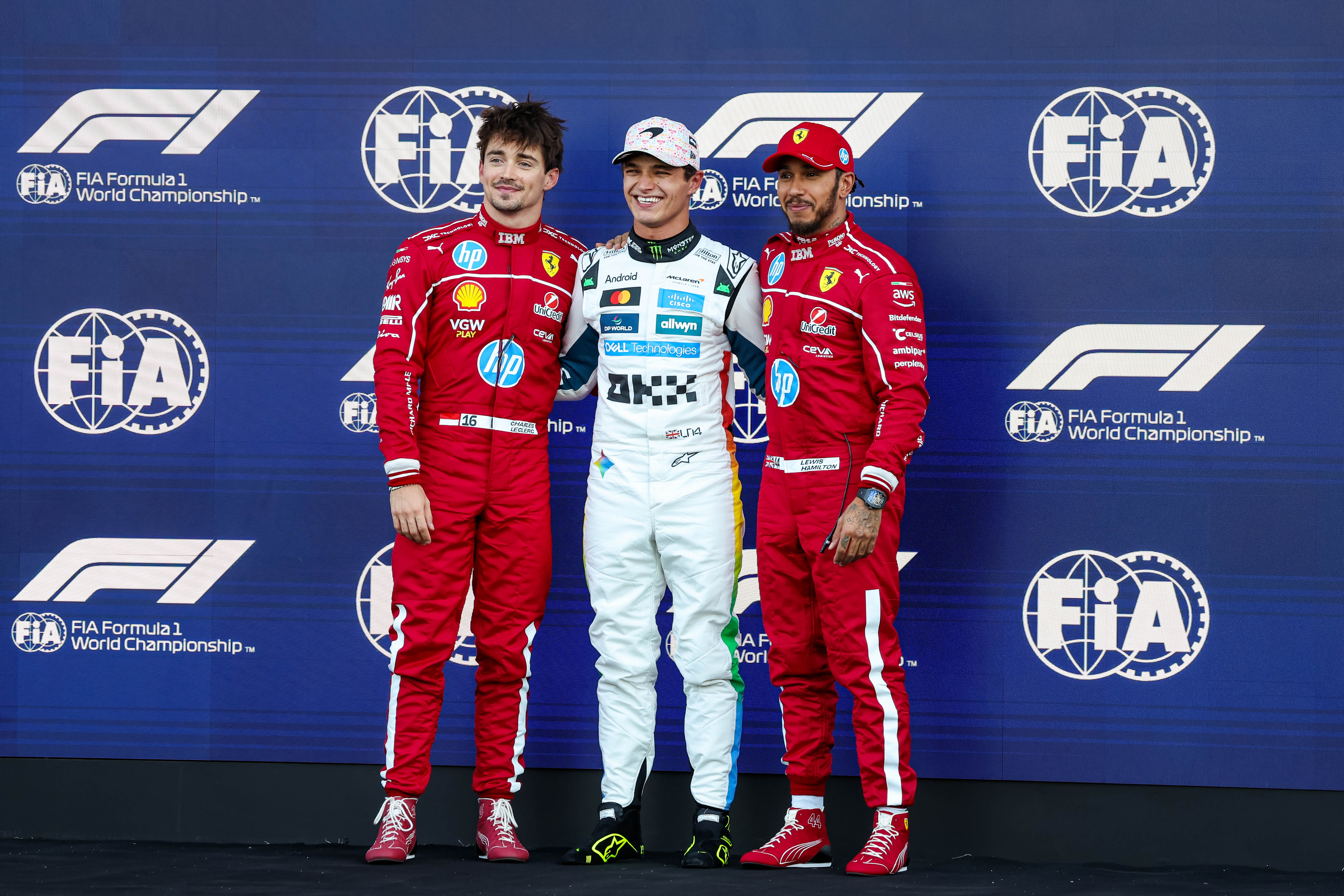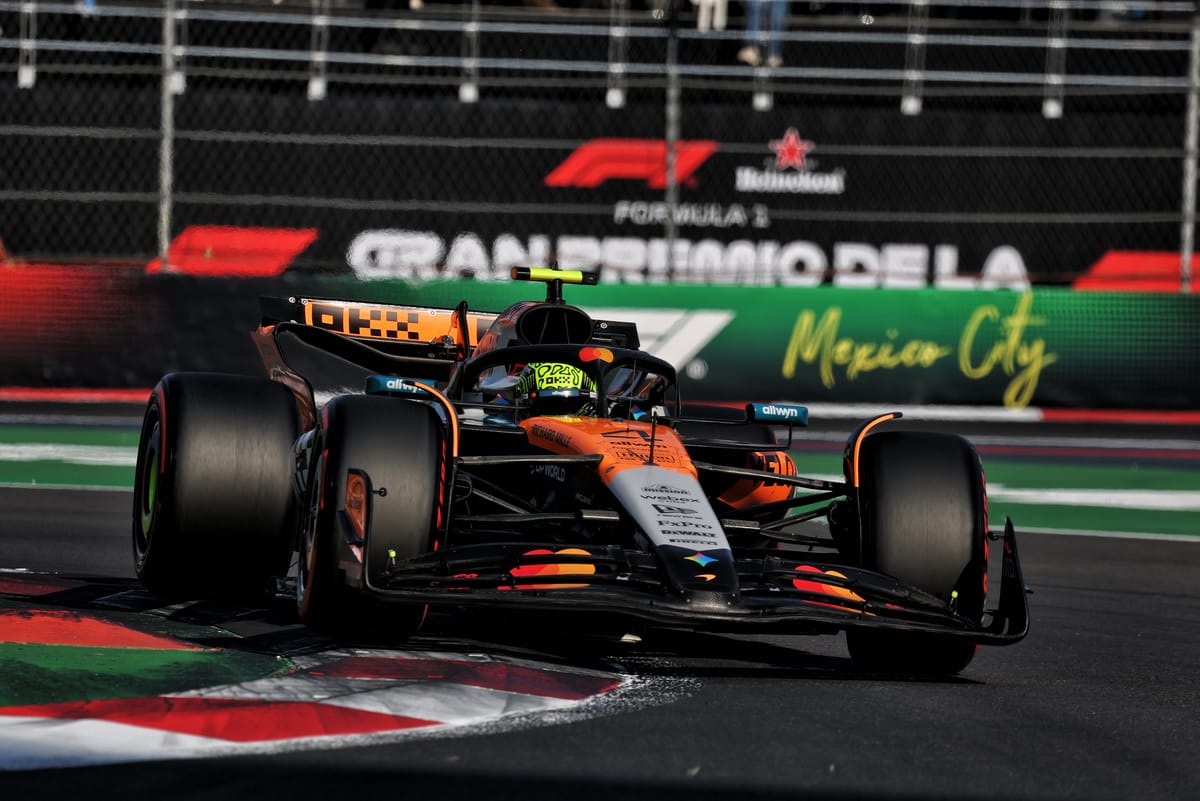
McLaren's Mexico Mastery: Why Red Bull Couldn't Match Norris's Pole Pace
In a dramatic shift from Friday's practice, Lando Norris secured a stunning pole position in Mexico, leaving Max Verstappen struggling in fifth. The unique high-altitude conditions of the Mexico City track, particularly regarding grip and tire behavior, played a pivotal role in this turnaround, allowing McLaren to optimize its setup for qualifying while Red Bull grappled with tire degradation issues.
Why it matters:
McLaren's unexpected qualifying dominance over Red Bull in Mexico highlights the critical role of tire management and car balance in high-altitude environments. This result could significantly impact the championship narrative, showcasing McLaren's growing engineering prowess and ability to adapt to challenging conditions, a key factor in their resurgence this season.
The Details:
- Friday's Picture: On Friday, Verstappen's Red Bull demonstrated an aggressively responsive front end, giving him an advantage, especially through Turns 4-5. However, this balance proved detrimental to rear tire life during long runs.
- McLaren's Strength: McLaren's strong control over rear tire temperatures allowed them to tune a more responsive balance for qualifying without compromising their long-run advantage.
- Overnight Adjustments: Red Bull sacrificed some front-end response to manage rear tire loads, while McLaren leaned into its confidence in rear tire temperature control by putting the car 'more on the nose,' aiming for a qualifying boost.
- Norris's Sensation: Norris described his pole lap as akin to his Monaco performance, finding a rare 'feeling for the front of the car' that instilled immense confidence, enabling him to take risks.
- Red Bull's Struggle: Verstappen complained of a complete lack of grip, a sentiment echoed by his race engineer, Gianpiero Lambiase, who noted difficulties in finding the right combination of tire inner and surface temperature, particularly for high-fuel runs.
- Tire Construction Challenge: The stiffer construction of the 2025 Pirelli front tire exacerbates the challenge of managing internal and surface tire temperatures, especially on this unique track.
- During a qualifying lap, internal tire temperatures haven't stabilized, relying more on the fresh surface. Aggressive front-end setups, like Red Bull's on Friday, impose high loads on rears before they reach optimal internal temperature, leading to degradation on long runs.
- The 'Window' of Grip: The smooth, low-grip surface and low downforce loads (due to thin air) create a tiny window for optimal tire performance. If the tire's core doesn't heat in harmony with the tread, it remains inflexible or overheats, leading to a vicious circle of degrading grip.
- McLaren's Advantage: McLaren's superior temperature control across tires, brakes, and bodywork is 'gold dust' in Mexico. Their ability to run smaller cooling louvers means less aerodynamic compromise in thin air, and their rear tire temperature control provides crucial flexibility for a balanced qualifying setup.
- Suspension Compliance: A subtle bump on the exit of Turn 9 consistently unsettled the RB21 but not the McLaren, suggesting McLaren's suspension offers a degree of compliance even when stiffly run. More compliance generally translates to better tire treatment.
Between the lines:
While Norris thrived, Oscar Piastri struggled for the second consecutive weekend, 0.6s adrift, finishing eighth. McLaren Team Principal Andrea Stella noted that Piastri, who excels with 'big grip,' is still adapting to a car that slides a lot, a condition Norris navigates expertly. This highlights a subtle but significant difference in driving styles and car exploitation within the same team.
What's next:
With McLaren securing pole and Red Bull facing significant tire challenges, the Mexican Grand Prix promises an unpredictable race. Ferrari, with Charles Leclerc and Lewis Hamilton starting ahead of Verstappen, also showed strong pace, suggesting a multi-team battle for podium positions. The key will be which team can best manage tire degradation and car balance over a full race distance under these unique high-altitude conditions.
Original Article :https://www.the-race.com/formula-1/mark-hughes-what-mclaren-is-doing-f1-mexico-g...


